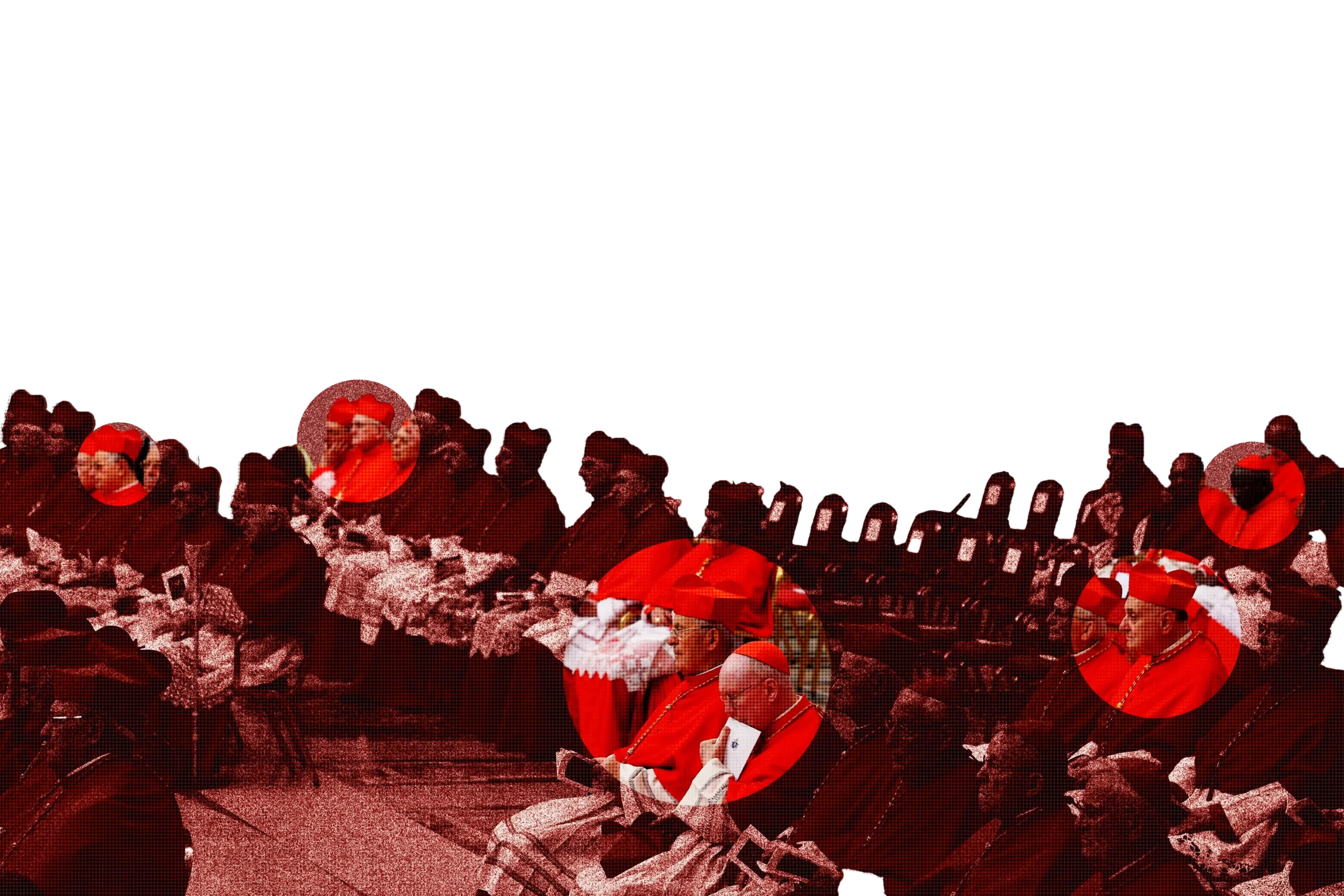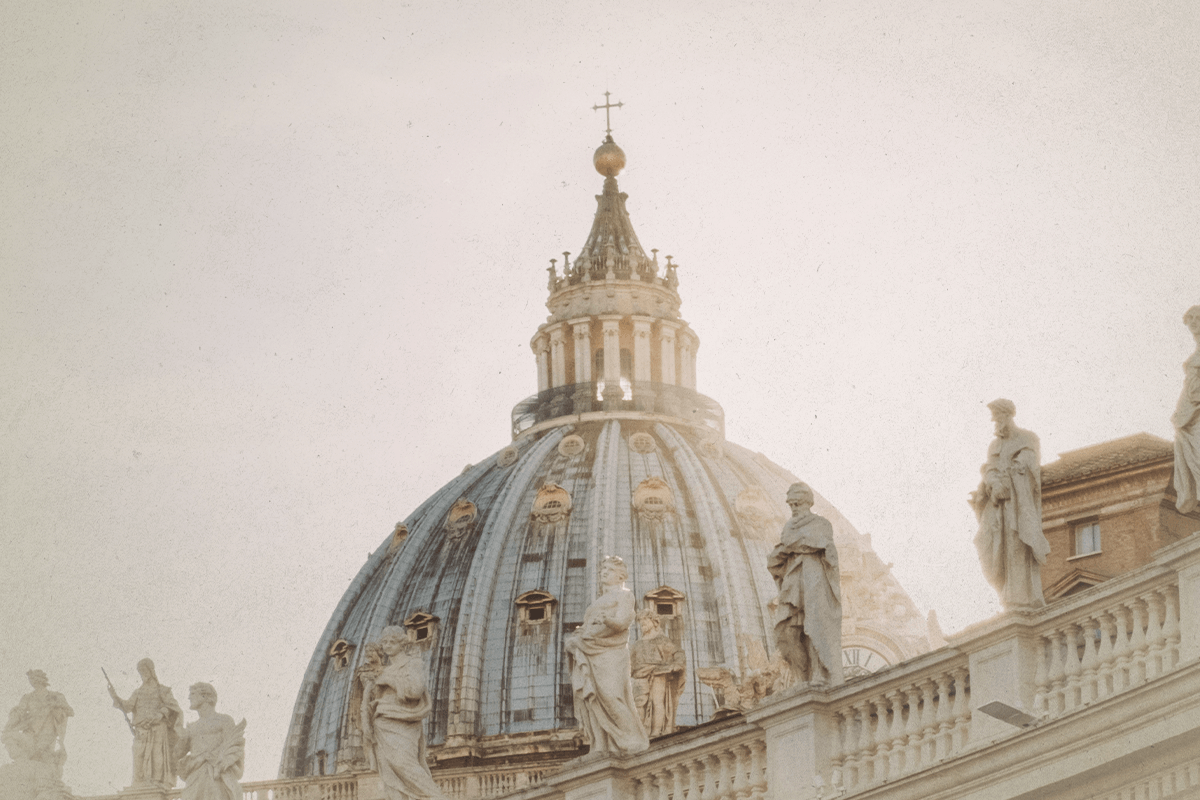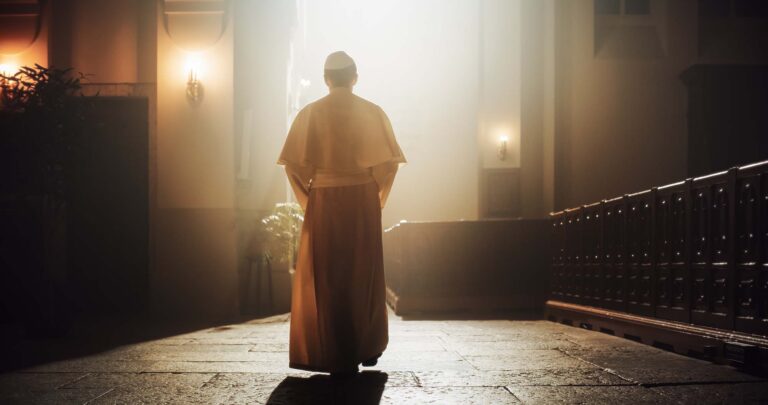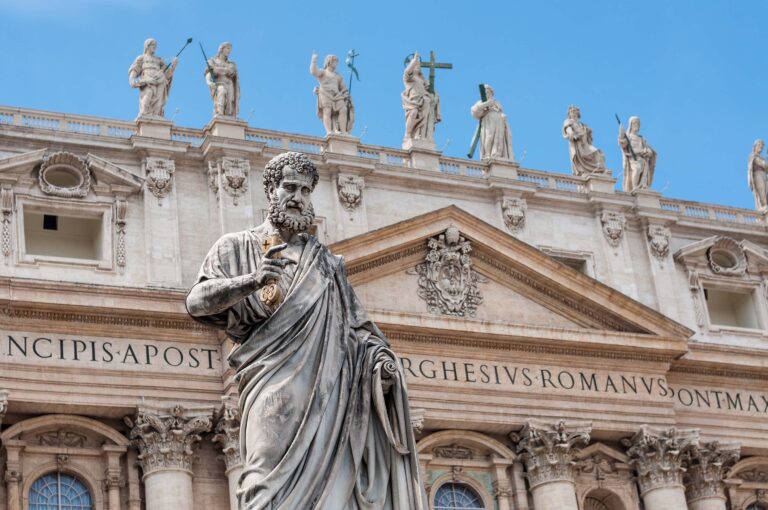The Papal Crisis of the 14th Century
The most recent conclave comes on the heels of a very rare event in the history of the Papacy: two popes living at the same time. As the papacy is a sacred office typically carried out until death, it is rare that two legitimate popes’ lifetimes overlap. Pope Benedict XVI’s decision to resign is one fraught with controversy. This is in part because the last time a pope resigned, Gregory XII in 1415, he resigned to end a crisis that had burdened the Church for nearly a century: the Avignon Papacy. In this article, we will explore the history of the Avignon Papacy, the emergence of the Anti-Popes, and the resolution that ultimately brought the Papal residence back to Rome.
The Avignon Papacy was a strange period in Church history. It shows just how much secular politics can get in the way of the Church fulfilling its role on earth. At times there were two men claiming to be pope, sometimes three. European political rulers and the Church hierarchy were intertwined so tightly that the line between spiritual authority and state power blurred. From 1309 to 1377, with a three-year break in Rome from 1367 to 1370, the Papacy relocated from Rome to Avignon, in what is now southern France.
The move happened after King Philip IV of France arrested Pope Boniface VIII in 1303. They had been arguing about who had more authority, the king or the pope. Boniface died shortly after, but the conflict didn’t end. The new pope, Clement V, was under a lot of pressure from Philip and moved the papal court to Avignon in 1309. He said it was for safety and independence. In reality, the French crown had way too much influence. Some called it the “Babylonian Captivity of the Church.”
While the popes in Avignon were legitimate, their credibility was not as strong as it had been due to the move away from Rome. Many saw the legitimate Avignon popes as puppets of the French king. On top of that, the lavish lifestyle and questionable mandates coming from Avignon made Europeans even more critical. It didn’t look like the Church was leading with any kind of moral authority.
Pope Gregory XI brought the papacy back to Rome in 1377, but the uncertainty didn’t end there. He died in 1378. The Roman populace wanted a Roman pope, and the cardinals elected Urban VI. He turned out to be harsh and unpopular with many of the cardinals, especially the French ones. So, they claimed the election was invalid and picked another pope, Clement VII, who claimed the papacy back in Avignon.
This move sparked what is known as the Western Schism. There were two men claiming the papacy at the same time. Different kingdoms picked sides. The split in the Church wasn’t just a theological or spiritual issue, it was deeply political. Each pope excommunicated the other in an attempt to assert legitimacy. Their supporters fought over who was the real pope.
In 1409, yet another faction tried to fix the issue by electing a new pope, Alexander V, but the other two didn’t step down. At that time, the Church had three men claiming to be the pope at once. These rival claimants to the papacy are called Anti-Popes. They had serious political backing and commanded real support. Nobody knew who to follow, and papal authority meant very little when three men all claimed to be Peter’s legitimate successor.
The Council of Constance convened in 1414 specifically to end the struggle. Fortunately, the council successfully re-unified the Church. As I mentioned earlier, Gregory XII, the Roman pope, agreed to resign in 1415 to help bring an end to the chaos. The council removed the Avignon and Pisan claimants and, in 1417, legitimately elected Martin V. That was the end of the Western Schism. The papacy was again uncontested in Rome.
Compared to all of this, the resignation of Benedict XVI was peaceable and orderly. Sure, it was unusual, but it didn’t cause a schism. There was no rival pope claiming the Chair of Peter. Benedict remained in the Vatican and was respectful of his successor, Pope Francis. Benedict made it clear that he had stepped down and lived in quiet retirement. Francis led the Church. Media like the 2019 film The Two Popes dramatized the situation, setting up some secret battle for control, but that wasn’t the reality.
The Avignon Papacy and the Western Schism are reminders that for whatever instability we may feel in the Church, it has been through worse. Far worse. Two or three alleged popes at once. Political manipulation. Councils that took years to sort things out. Compared to that, the peaceful resignation of a pope is no problem! The Church’s history is long, messy, and sometimes bizarre. Nevertheless, the papacy has survived all of it. The structure of the Church has endured. The crisis of the 14th Century eventually ended.
The Avignon Papacy is not just a bizarre footnote in that book. It shows what happens when political affairs take root too deeply in the Church to use it for secular purposes. It shows how difficult it is to recover unity when leadership is divided. The Western Schism also proves that even after a century of confusion, the Church found a way forward in unity.
Looking back, we see that past generations faced problems that seemed impossible to fix. They weren’t. The Western Schism ended. The papacy returned to Rome, and despite everything, the Church moved on. Especially at this time, when we look forward to the election of our next pope, let us pray for the guidance of the Holy Spirit in our lives and in the Church.







